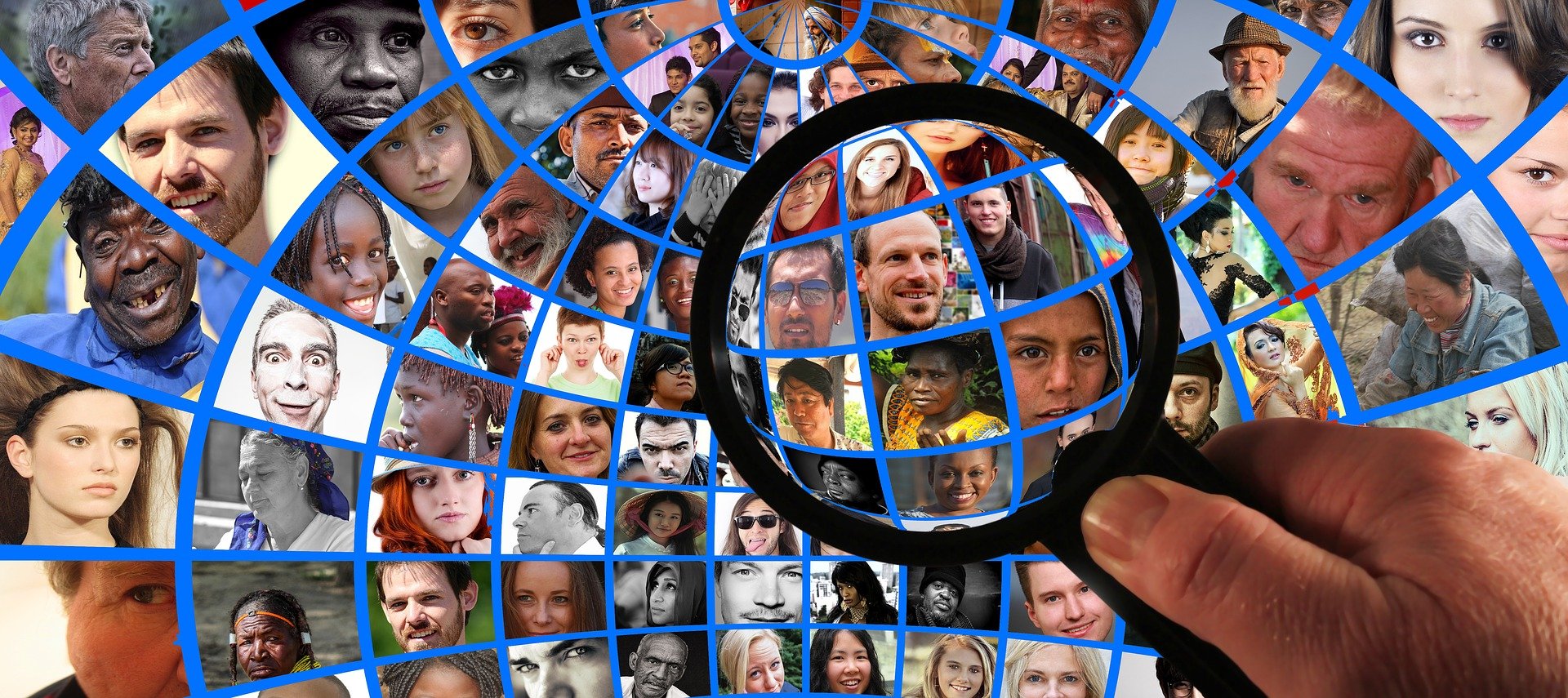
As diaspora Tamils living in Canada, there’s one question we have likely been asked at some point or another: how many Tamils live in Canada? And while we probably hoped Google would return a single unambiguous estimate from a reliable source, we likely found ourselves stumbling upon multiple different results – some as small as 50,000 and others as large as 300,000. In a data-driven world with a wealth of information at our fingertips, how could it be so challenging to answer what seems like such a simple question?
Our individual responses to the Census play a key role.
What is the Census?
When we want to find reliable statistics on Canadians, often, the first place we should turn to is Statistics Canada. Every 5 years, Statistics Canada conducts the Census of Population in order to paint a statistical portrait of our country and its diverse population. As the largest survey in the country, the Census covers a broad range of topics on demographic, social, economic and housing characteristics. It serves as one of the most important sources of data on Canadians. The results are not only used by private citizens but also by academics, governments, businesses and non-profit organizations to support research, funding, marketing and resource planning. Countless key decisions are also based on Census data including where to locate schools and hospitals, how to improve public transportation and who to target for housing assistance and social services.
One of the most important benefits of the Census, however, is its ability to narrow in on small geographies and specific population groups. The data collected on different target groups such as lone-parents, low-income households, children, seniors or linguistic minorities is what helps us better understand our communities, their strengths and their challenges, and what can ultimately allow us to advocate for improved government programs.
Counting Tamils in the Census
Fortunately, the Census allows us to use a few different variables to narrow in on the Tamil community: (1) mother tongue, (2) knowledge of non-official languages, (3) languages spoken at home and (4) ethnic origin. But there is an important limitation: none of these variables can exhaustively count the number of Tamils in Canada. There are a few reasons behind this, including the particular definitions of these Census concepts and the fact that the Tamil identity as an ethnicity, culture and language is not associated to a single native country. We’ll explore these reasons in depth below.
Since many view Tamil primarily as a linguistic identity, most people think of mother tongue as the best way to identify all Tamils. Yet, the definition of this variable is also more complicated than people may assume. Mother tongue is defined by Statistics Canada as “the first language learned at home in childhood and still understood” by an individual. For many ethnic Tamils, Tamil may meet these criteria. However, in general, we know that the immigrant-language transmission rate is not 100%. In other words, not 100% of the children of immigrants will have the same mother tongue as their parents. We also know that while many factors can influence intergenerational language transmission, including the age of mothers, the gender of children, the household composition and the education level of parents, typically, the rate of transmission declines from one generation to another. As a result, we can safely assume that many individuals who may consider themselves ethnically Tamil would be excluded from a count based on mother tongue alone.
Table 1: 'Tamil' reported as mother tongue (single responses) by generation status, 2016 Census
While the liberty to self-identify as any ethnic origin may have presented challenges for us in past Censuses, it can also be used to our advantage. ‘Ethnic origin’ is the only variable in the Census that is a reflection of each respondent's perception. Helping Tamils understand the concept of ethnic origin and encouraging them to identify accordingly can play a key role in more accurately estimating the number of Tamils living in Canada.
Table 2: Population of Tamils in Canada by Ethnic Origin and Language Variables, 2016 Census

























